









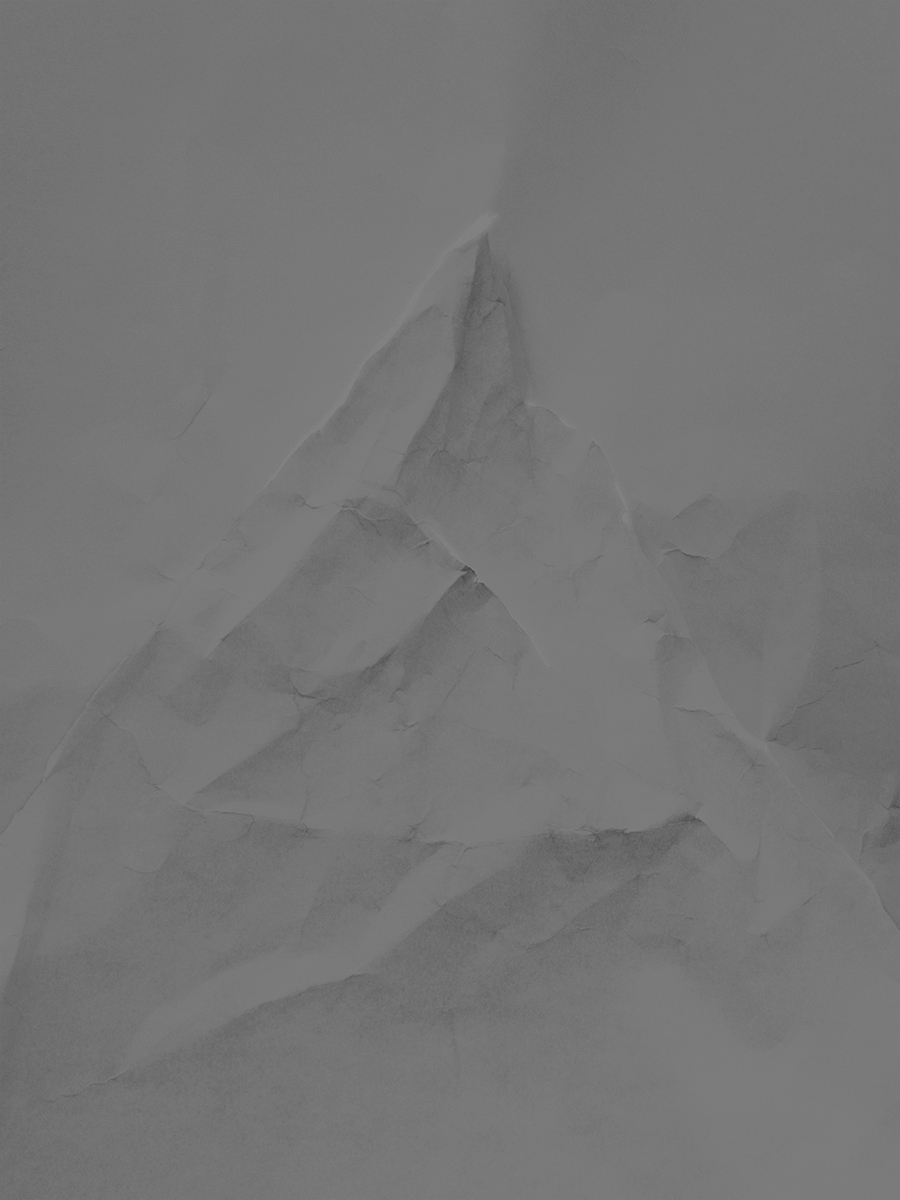





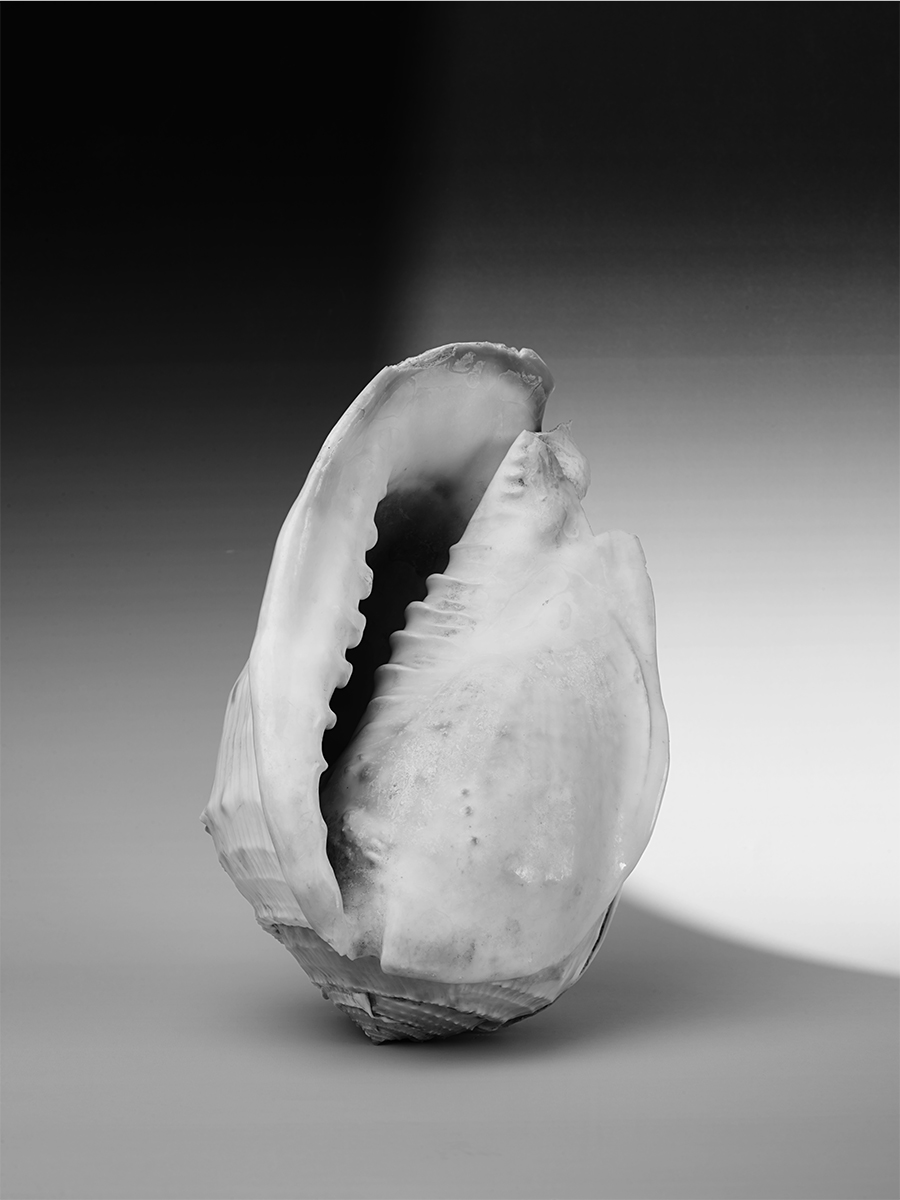

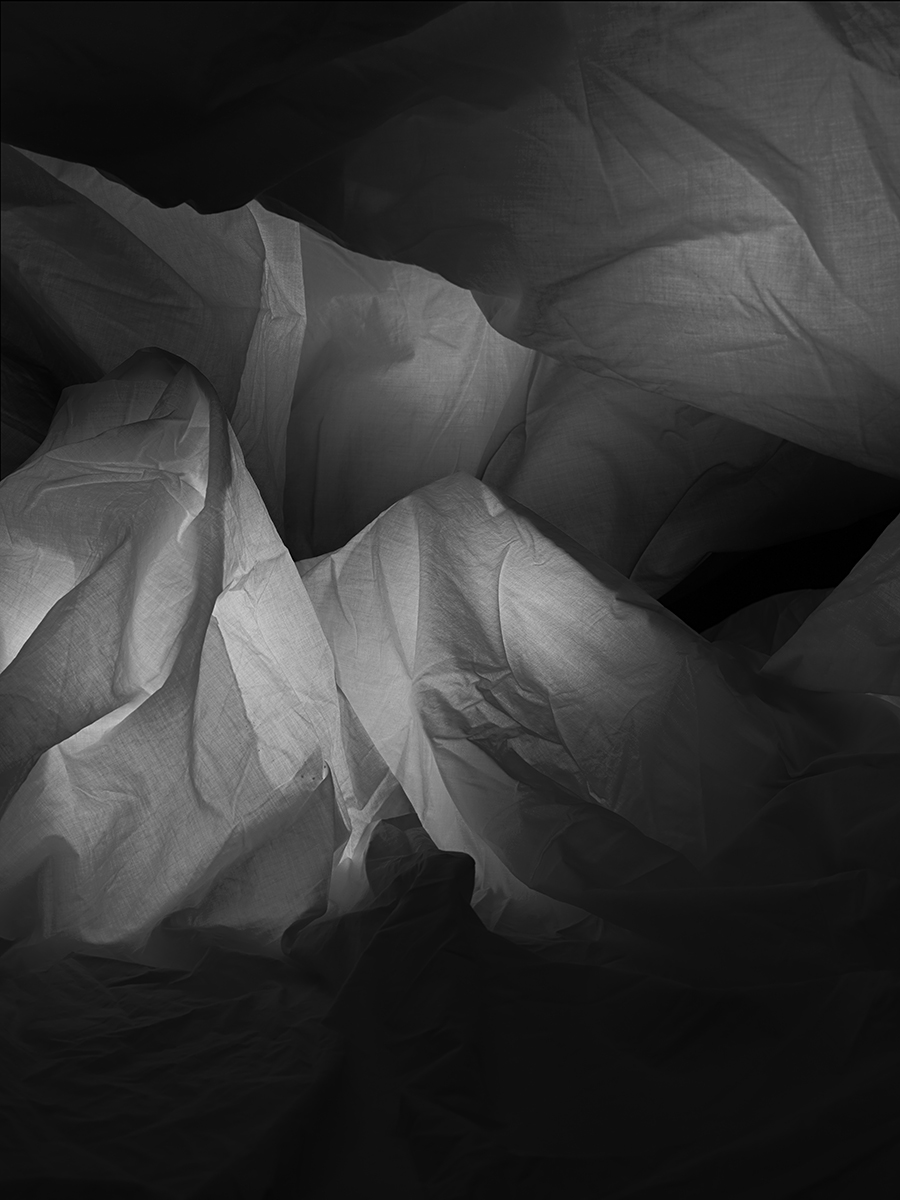

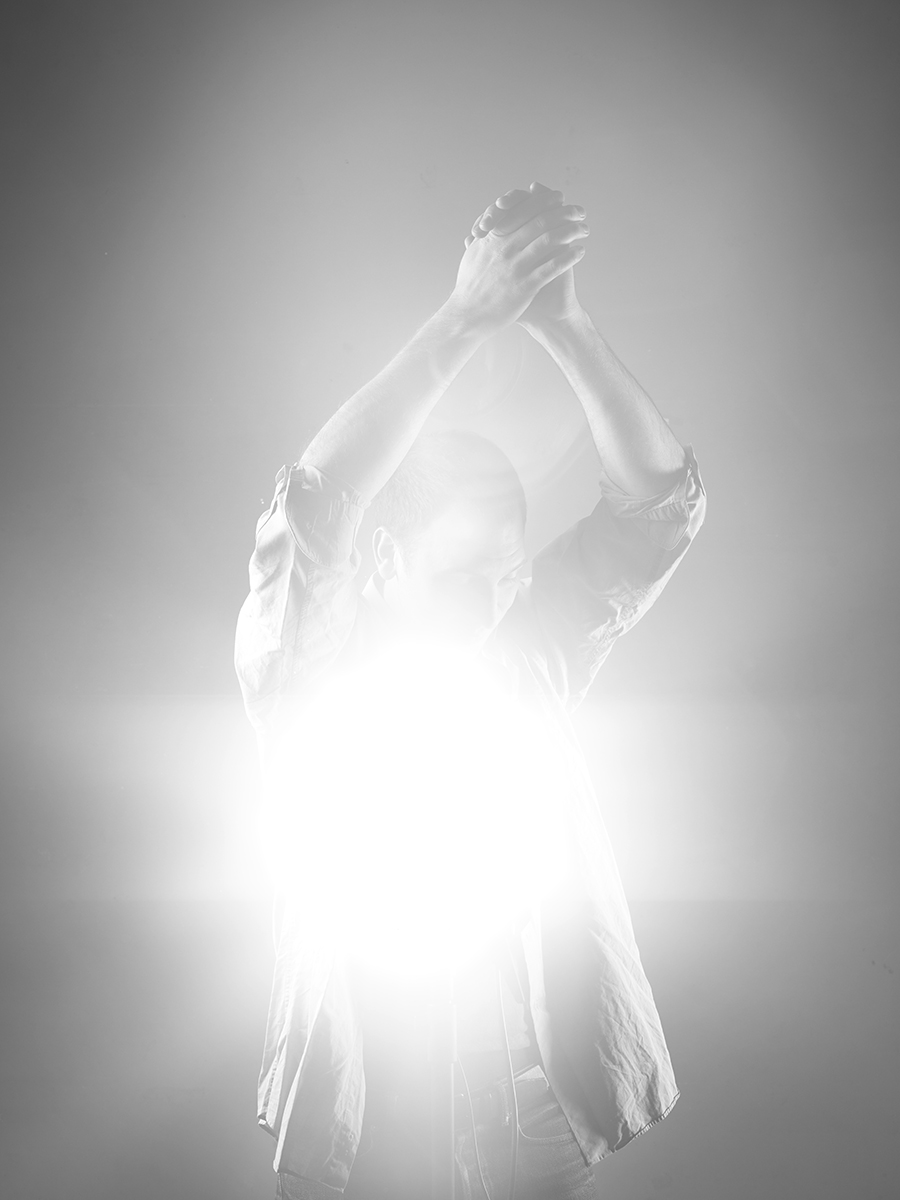






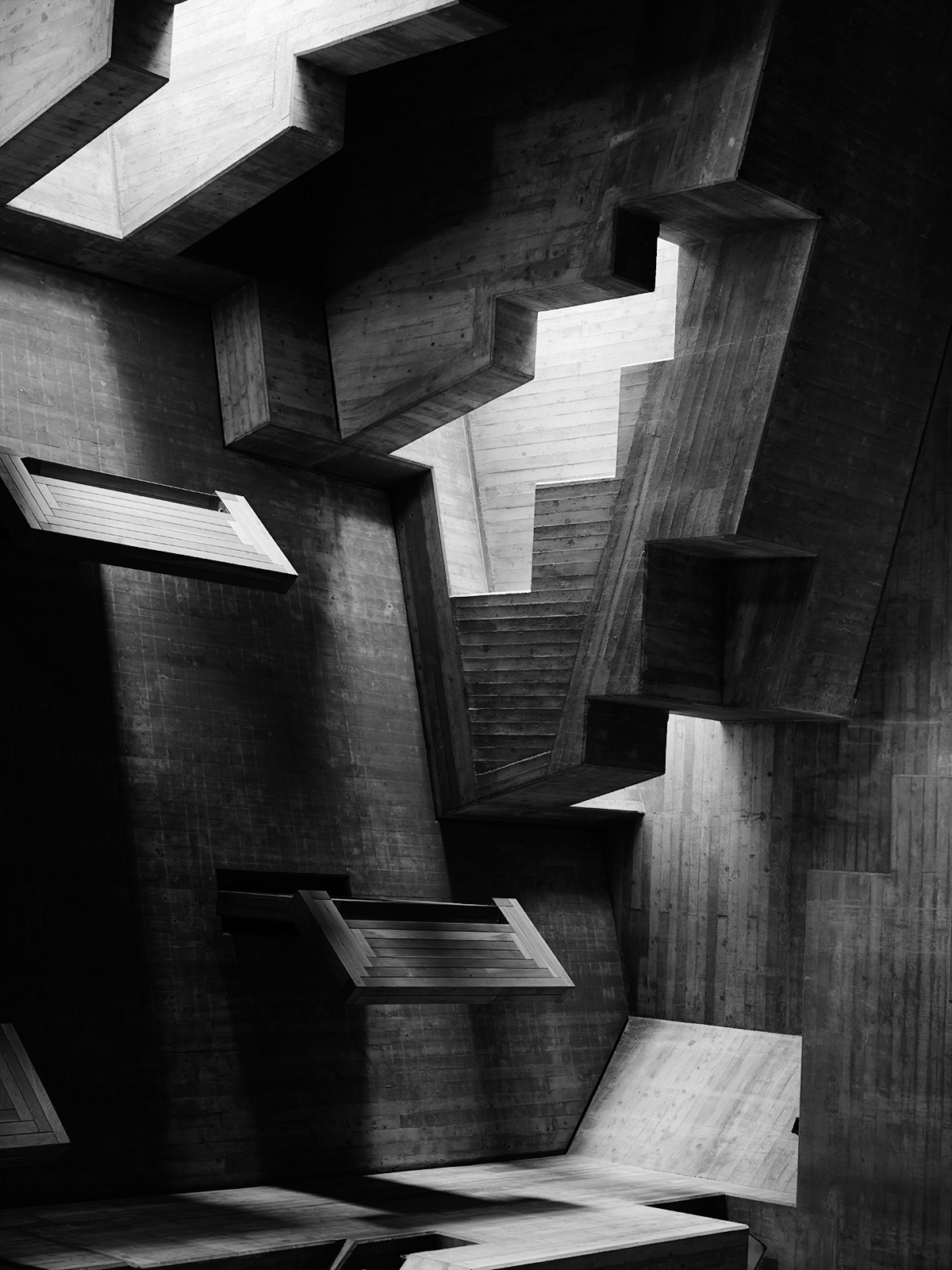
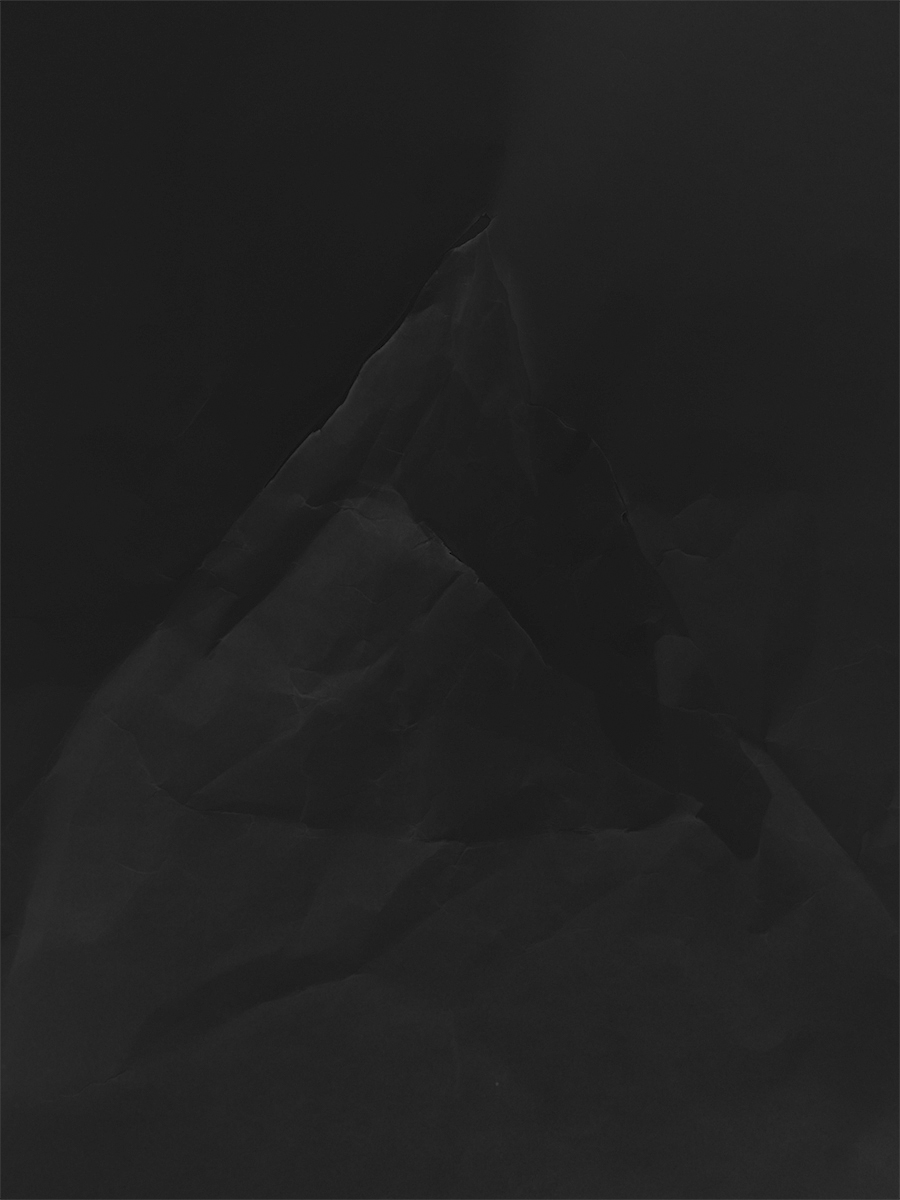
Mail
j.niederhauser.schlup@gmail.com
Tel
+41 (0)79 693 28 86
Studio Address
Atelier
Rue du Vallon 2
1005 Lausanne





























Bearing no marks; not written upon; empty; fruitless; abortive; entirely without interest; nonplussed; unrelieved; expressionnless; sheer absolute; with spaces left for details; without ornament or break; unrelieved; not filled in; empty; void; exhibiting no interest or expression; lacking understanding; confused; absolute; complete; devoid of ideas or inspiration; an emptiness; blank space; characterized by incomprehension or mental confusion; unfinished; unrecorded or erased; fading away; colorless; appearing or causing to appear dazed or confounded; lacking incident or result; temporarily having no knowledge or understanding; showing no emotion; without memory; lost; which is irrelevant; worthless; meaningless; who has no psychological depth; break in continuity; where something is missing; lacking reality or value; state corresponding to the total absence of any real particle; nothingness; vacuous; feeling absence;
«With the advent of photography, the relationship between images, the real and the body of the artist have undergone tremendous changes. Photography stands at the crossroads of «two series of secular knowledge and dispositive: on one side, the camera obscura, optics; on the other side, the sensitivity of certain substances to light».1 It is this encounter between optics and chemistry that has resulted in the ability to capture luminous phenomena. For the first time, a machine replaces the human hand and vision as a device to visualize (represent) the world. There is an urge to see this new device as a possibility to compensate for human deficiency. A sudden appeal emerges for objectivity, global vision, and loss of hierarchical structure -in brutal contrast to older modes of representation. A new connection between the things of the world and images is sealed: whereas «manual images come from the artist himself, away from the real, photographic images, which are luminous imprints, associate the real and the image, at a distance from the operator. The ancient unity man-image is being replaced by a new unity real image».2 In that sense photographic images are not a «representation» (a description, a symbol, a spectacle) of the world but its «capture» (a seizure): they do not depict the real but show the visible, they display – representation, icon, imitation opposed to imprint, index, recording.» «It is interesting to see here how deeply the advent of the digital has further undermined long-term beliefs regarding photography. It has brought a new light onto elements that were part of the medium from its birth, but rarely as prevalent as they are today: that photography is not inherently linked to truth and reality. Photographic causality, its analogue direct link to its referent, which has led to an almost unquestionable claim for veracity, has been torn down. Digital images are no longer dependent on the «real world» for their existence. In the words of Martin Lister: «such a «photograph» may be based on knowledge of, but not caused by, the action of light reflected by a particular object. But what it does refer to is other photographs».3 For that reason – the resemblance with traditional photographs they wish to attain, and often do – they «carry the [same] authority and information».3 » «I understand photography as a means of perception. Images, «established – in the realm of the virtual – by the artist but dependent on the beholder for their realization, and their property is to make the beholder aware […] of the active, subjective nature of seeing».4 I am interested in understanding how photography can be used as a way to alter our perception and to express incidents invisible to the bare human eye. How can photography suggest a continuous flow of time and space, and a constantly changing or manipulated reality?» These are three short excerpts from an essay I wrote on the nature of photography, perception and reality (Perception, Lies and Reality, selfpublished, Lausanne, 2012). They embody what is at the center of my photographic practice and approach to the medium. With the project «Blank», I am attempting a visual exercise at representing these notions. The images carry the authoritative quality of photography, its narrative properties and an attempt at capturing the abstract and conceptual qualities of light and perception. Bringing together heterogeneous techniques and modes of representation, mixing «straight photographs» with highly manipulated images thus blurring the fine line between fact and fiction they are an experiment on bringing forward the unfathomable and deceiving qualities of the medium, while retaining a narrative quality open to personal interpretation and a search for a certain truth: «there is not the truth of one reality by which one might then even deduce that another, different perception is not true. The notion of reality itself can only be used in the plural. That is where the reality of the images lies; only if one believes in the truth of one reality one can talk of «lies». Thus true lies is the befitting expression for a contemporary perception of reality that cannot be limited to one single perspective any longer».5
1 – p.35 ROUILLÉ, André. La Photographie. Paris: Editions Gallimard, folio essais, 2005
2 – p.36 ROUILLÉ, André. La Photographie. Paris: Editions Gallimard, folio essais, 2005
3 – WELLS, Liz. Photography, a critical introduction. New York: Routledge, 1997 – p.260 «Photography in the ageof electronic Imaging».Martin Lister
4 – p.18 GAMBONI, Dario. Potential Images: Ambiguity and Indeterminacy in Modern Art. London: Reaktion Books, April 4, 2004
5 – p.13 SPIELER, Reinhard, Nolte Gertrud. True lies: Lügen und andere Wahrheiten in der zeitgenössischen Fotografie = lies and other truths in contemporary photography. Katalog zur Ausstellung Museum Franz Gertsch, Burgdorf, 18.01.-28.03.2004. Bern: Atelier Verlag, 2004